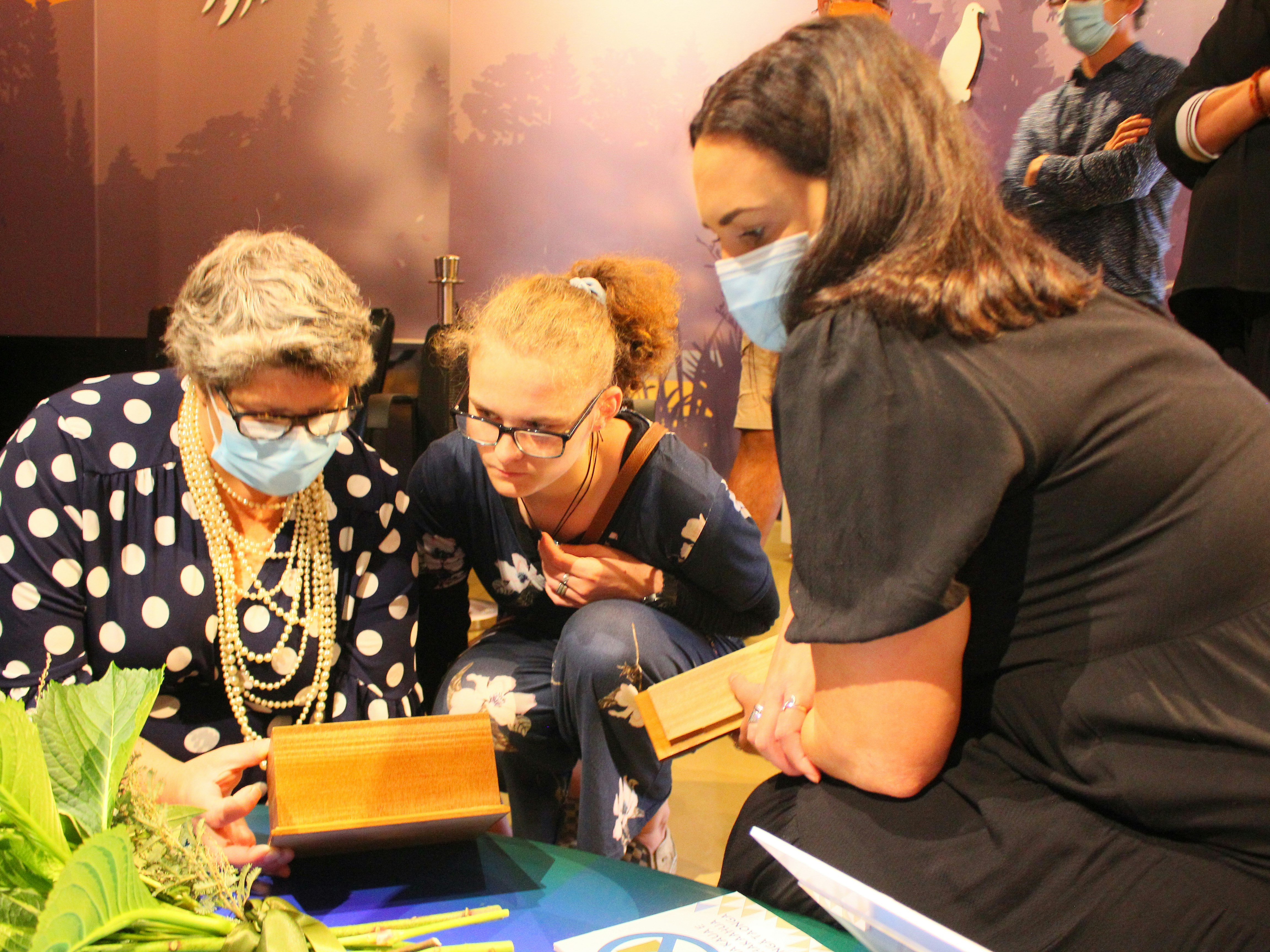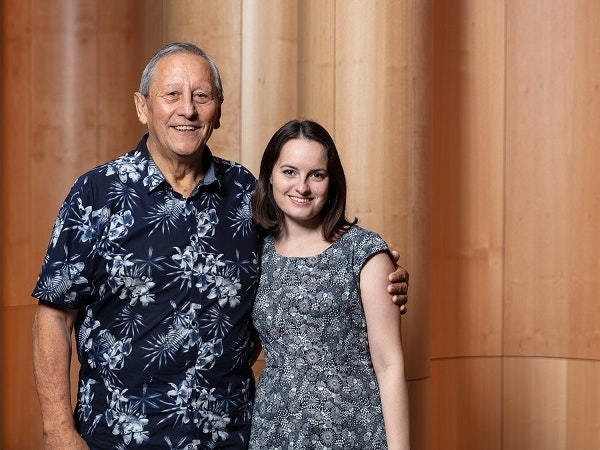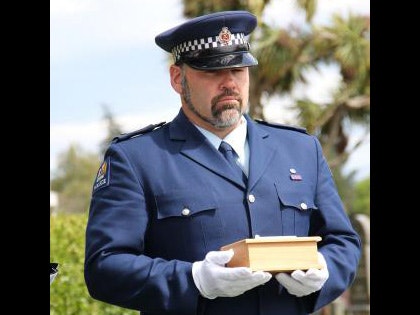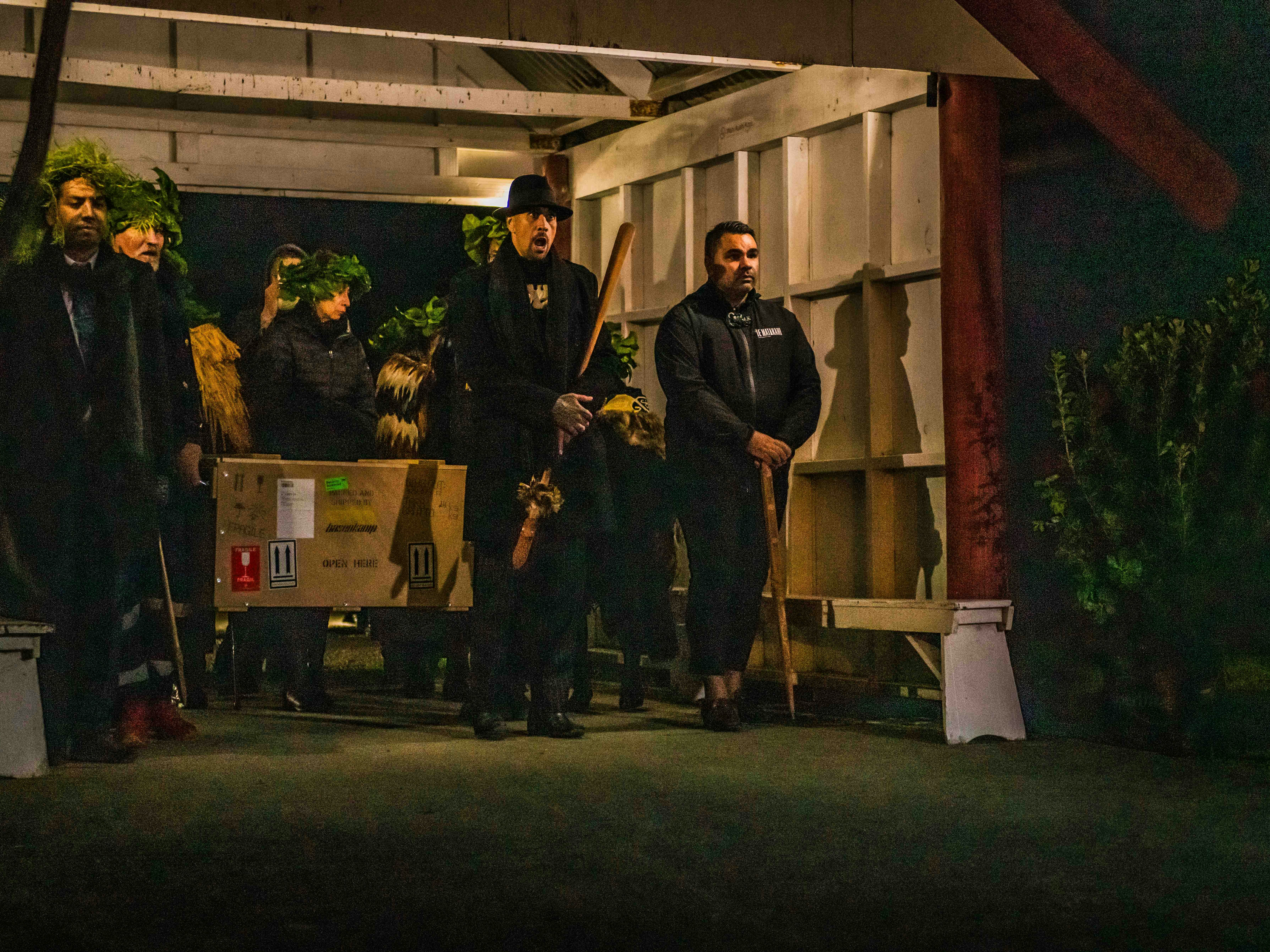
Repatriation case study: A soldier returned
Four years after human remains were deposited at the Te Awamutu Museum, the Museum team went about repatriating a soldier who fell at the Battle of Orākāu 158 years after his passing.
Free museum entry for New Zealanders and people living in New Zealand
Open every day 10am-6pm
(except Christmas Day)
Free museum entry for New Zealanders and people living in New Zealand
Learn about some of the current examples of processes and practises of professionals working on repatriation throughout Aotearoa.

Four years after human remains were deposited at the Te Awamutu Museum, the Museum team went about repatriating a soldier who fell at the Battle of Orākāu 158 years after his passing.

During the 19th century, many Western museums and universities collected human remains and Auckland’s Tāmaki Paenga Hira was no exception, with this type of collection happening from the mid-1800s and continuing up until the 1990s.

After being appointed Director of the Police Museum in 2011, Rowan Carroll discovered the remains of 39 individuals in the collection that had been used as educational tools for recruits and detectives. Over four years, she returned several ancestors to their families.

In October 2021, Te Uri o Hau embarked of the repatriation of their koiwi tūpuna. In this case study, iwi members reflect on repatriation as a practise.